5 Reasons Why You Need a SIEM Tool
Today's threat landscape calls for intelligent, automated, real-time threat detection with integrated compliance tools. As cyber threats become increasingly sophisticated and frequent, organizations must adopt advanced security measures to protect their digital assets. A Security Information and Event Management (SIEM) tool is essential, offering comprehensive security oversight, threat detection, and compliance management.
By integrating SIEM into your security strategy, you gain a powerful ally in the fight against cybercrime. SIEM tools monitor and analyze security events, provide actionable insights, and streamline incident response. Keep reading for five reasons why your organization needs a SIEM tool.
1. Holistic Visibility
SIEM collects logs and generates security alerts from your entire network, including cloud resources and mobile devices, providing complete visibility in one central location. This holistic visibility is crucial for identifying and mitigating threats from various sources within your IT infrastructure. Without such comprehensive oversight, detecting anomalies or potential security breaches promptly is challenging.
Moreover, SIEM's centralized nature allows security teams to correlate data from different systems and applications, facilitating a deeper understanding of potential threats. By aggregating and analyzing logs from diverse sources, SIEM tools can uncover patterns that might indicate a coordinated attack, enabling proactive defense measures.
2. Threat Detection
Imagine receiving hundreds, even thousands, of security alerts over the course of a day. This is called "alert fatigue," and it can overwhelm security teams and lead to missed threats. A SIEM tool uses advanced analysis and cross-correlation to automatically filter out false alarms so real threats bubble to the surface. This automation not only reduces the burden on security personnel but also ensures that critical alerts receive the attention they need.
SIEM tools employ sophisticated algorithms and machine learning techniques to differentiate between benign activities and malicious behavior. By continuously refining their detection capabilities, SIEM systems can adapt to evolving threat landscapes and improve their accuracy over time. This means fewer false positives and a higher likelihood of catching genuine threats before they cause significant harm.
3. Fast Response
The longer it takes to detect a threat, the more potential damage to your organization. A SIEM identifies real threats faster so your response team can act quickly before a breach occurs. Rapid detection and response are essential for minimizing the impact of security incidents, as they reduce the window of opportunity for attackers to exploit vulnerabilities.
In addition to speeding up threat detection, SIEM tools often include automated response capabilities. These can range from triggering alerts and notifications to initiating predefined actions such as isolating compromised systems or blocking malicious IP addresses. By automating routine tasks, SIEM allows security teams to focus on more complex and strategic aspects of incident response.
4. Compliance and Audit Requirements
Healthcare, finance, accounting, and government organizations must meet stringent regulatory requirements. An effective SIEM is key to complying with FCI, HIPAA, and FFIEC standards. These regulations mandate rigorous security measures and regular audits to protect sensitive data. SIEM tools facilitate compliance by providing detailed logs and reports demonstrating adherence to security policies and controls.
Additionally, SIEM solutions often include features specifically designed to support compliance efforts, such as predefined report templates and real-time monitoring of regulatory requirements. This simplifies the audit process and helps organizations identify and address compliance gaps before they lead to penalties or reputational damage.
5. Insurance Coverage
A SIEM solution can check all the bases on today's stringent cybersecurity insurance applications. And once you get coverage, the SIEM can provide the detailed forensic analysis insurers require before they pay out in the event of a security breach. Cybersecurity insurance is becoming increasingly important as the financial impact of cyber incidents continues to grow. Insurers demand robust security measures and comprehensive documentation to assess risk and validate claims.
By implementing a SIEM tool, organizations can demonstrate their commitment to cybersecurity and provide the necessary evidence to support insurance claims. This includes detailed logs of security events, incident response actions, and forensic analysis of breaches. Having this information readily available can expedite the claims process and increase the likelihood of receiving compensation for losses incurred due to cyber incidents.
Want to implement a SIEM solution in your organization? Telcion is an experienced cybersecurity provider—contact us for more information on what increased security means for you.



